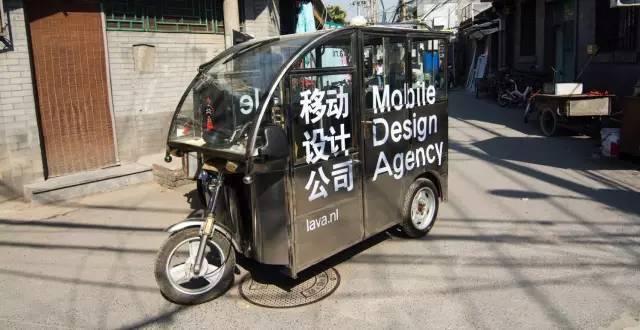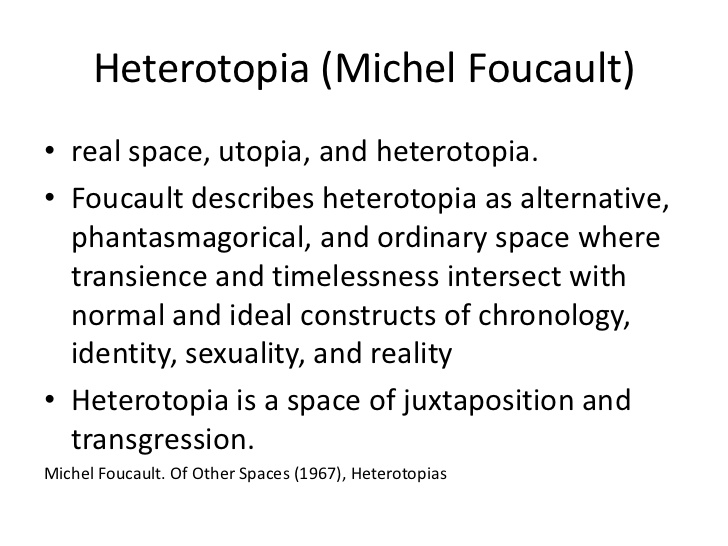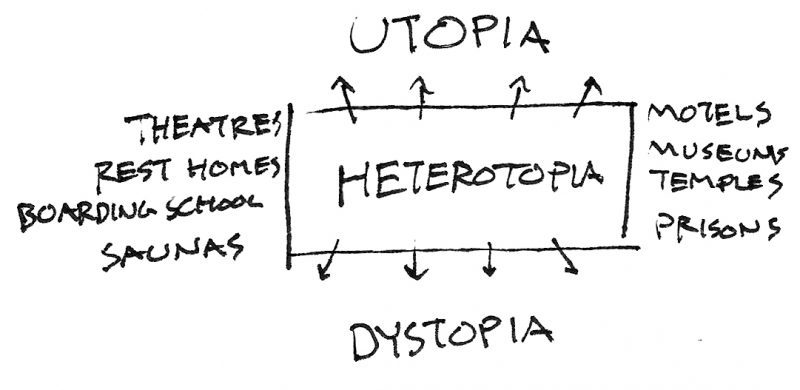Design from the public: walking into community
Posted on October 27, 2018
This is a community design program from the Netherlands. They designed all kinds of logos for free in Beijing’s Hutong.
There is a long-term lag between the public (consumers) and the professional designers at two points. One is the design cognition of public which is backward compared with the rapid development of design theories and tools; Another is the insignificant interaction of design process that no matter in time or space scale between the designers and consumers. For a long period, the design stages are the monologue of designers, but we forget to bring the public to engage with us. The absence of public participation is the main reason for the numerous deficiencies and issues in the design fields.
Different from other academic categories, such as Biological Sciences, Chemical Engineering or Philosophy that they mainly develop in professional academic circles, Design exists in the service industry. In other words, no matter how high the quality of the works we did, consumers of our eventual outcomes are those laypersons who might not possess the ability to appreciate and recognize it. It is a dangerous situation because the lack of discernment of consumers will result in the vulnerability to let the consumption trap slip in, and lead the supply-demand relationship as a vicious cycle in design market——only exists popular design products with tricky sales method, not the valuable one.
A typical case exists in the fashion industry: lots of youngsters wait in a long line to buy any products as long as printed the logo of “Supreme” with incredible price, in order to show they are keeping up with the latest fashion trend. However, they are misled by the premeditated media sources rather than pursue and exploit their taste. Another example is the Hewlett-Packard web camera software. It is a function-oriented product but with the poor user experience that couldn’t identify darker human skin tones. Joanna Boehnert and Dimeji Onafuwa even critiqued this camera software as a kind of racism with the concept of “symbolic violence” towards design. Too much design products that solved the “wrong problems” or result in new issues and then left more rubbish are flooding the market now. They burden our life in both mental and economic aspects. It is true that the natural feedback forces of capitalistic profit-seeking would influence the relationship between designers and consumers, but we need to rethink that as a designer, in what way we might alleviate this situation. Also, with the rapid changes in society, the methods we have previously used to solve many of the problems we face are no longer useful. We need the real transformative researches.


Sometimes we might fall into the thought-trap of Utopia or Dystopia with the dualist view that the world is so black and white, so us and them, so right and wrong. The false proposition is that we need to come up with a method that addresses issues for once and for all. However, Michel Foucault points out that Utopia is illusory, but the Heterotopia exits based on the reality. It includes different levels of space, nonlinear system and decentralized, and transforms between good and evil in a changeable scale. Heterotopia inspires me to think about the “alive” design——focus on a very detail community and modulate the relationship constantly in this community and the conterminous things connect with it. With the form of self-evolution and development, rather than a materialized item of traditional design.